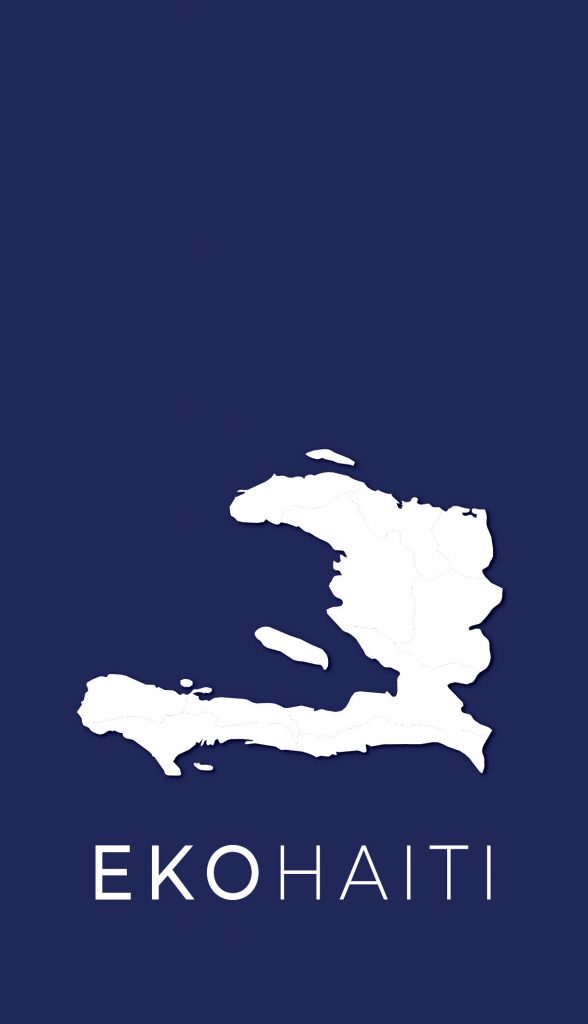In Silencing the Past: Power and the Production of History, Michel-Rolph Trouillot contextualizes silence as “an active and transitive process” (48) in the production of historical narratives. His examination of the Haitian Revolution (1791- 1804) reveals how silences are inevitably and oftentimes, consciously written into historical narratives; thus, changing the meaning of past events and what counts as official history. The events that transpired in what was to become the largest slave revolt in the Western Hemisphere were initially interpreted by the French government and intelligentsia as minor infractions; by eighteenth-century standards, according to Trouillot, a large-scale revolt was thought impossible for blacks to conceive.
This view, commonly held by white Europeans and Americans as well as white and mulatto plantation owners, was espoused in colonial writings. Variations of the oft- quoted statement that blacks were tranquil, obedient and incapable of rebelling filled French newspapers, pamphlets and political debates, denying the insurrection as it was happening. As Trouillot contends, “ready-made categories” of blacks as less than human and incapable of conceptualizing a life of freedom “were incompatible with the idea of a slave revolution” (73). Therefore, uprisings in the Northern Province of Saint-Domingue (present-day Haiti) were treated—at least on paper—as isolated incidents, and the gravity of the mass rebellion was silenced in historical narratives.
Another event that has been silenced in Haiti’s official history is the Bois Caïman ceremony, a Vodou ceremony that was also a political gathering for the leaders of the Haitian Revolution. According to various sources, on August 22, 1791,1 a maroon namedBoukman2 and a mambo (priestess) named Cécile Fatiman3 led the ceremony in a densely-wooded area during a powerful rainstorm. The gathering in the northern Morne- Rouge region attracted around two hundred rebel slaves in a show of solidarity and resistance against systematic subjugation and violence. As Boukman rallied the rebels, largely overseers, coachmen and other slaves that held prominent positions on plantations in or near the vicinity, Cécile appeared before the crowd. She brandished a knife in a solemn ritual of song and dance, and sacrificed a black pig. A bowl of blood collected from the animal was passed to each rebel and “at a signal from the priestess, they all threw themselves on their knees and swore blindly to obey the orders of Boukman, who had been proclaimed the supreme chief of the rebellion” (Geggus 81). This was the beginning of the end of French colonial rule in Haiti, and the establishment of the first black independent republic.








